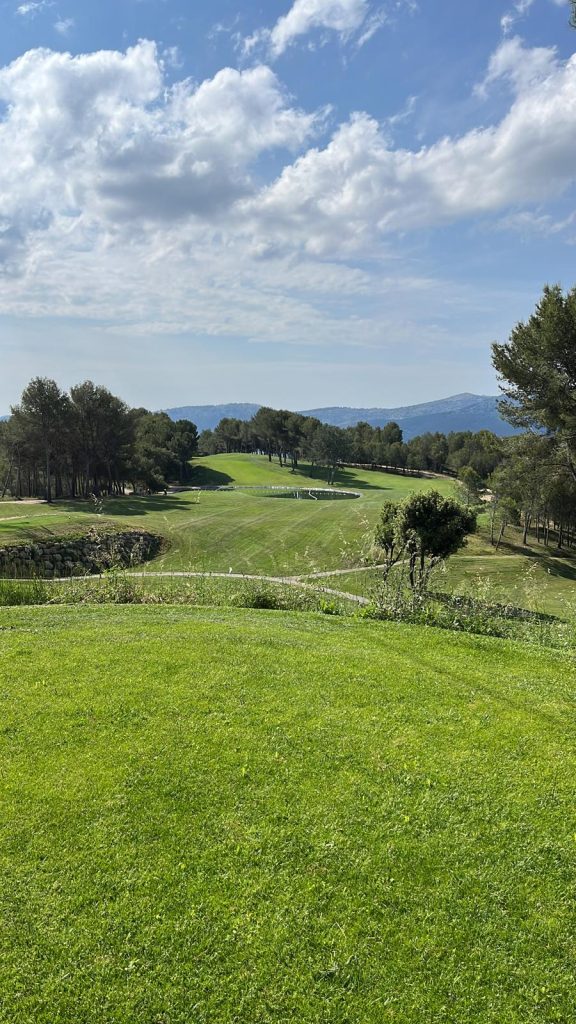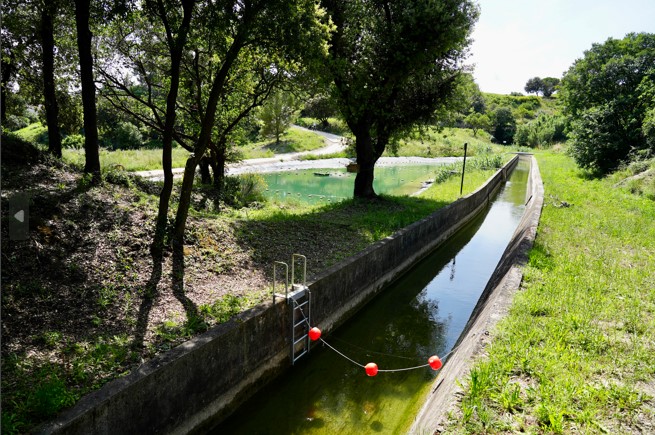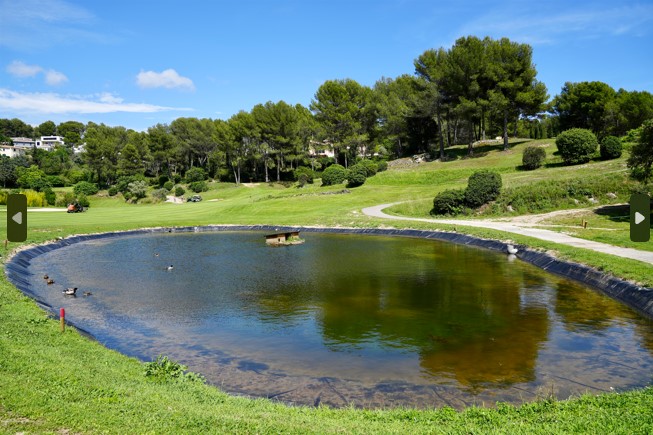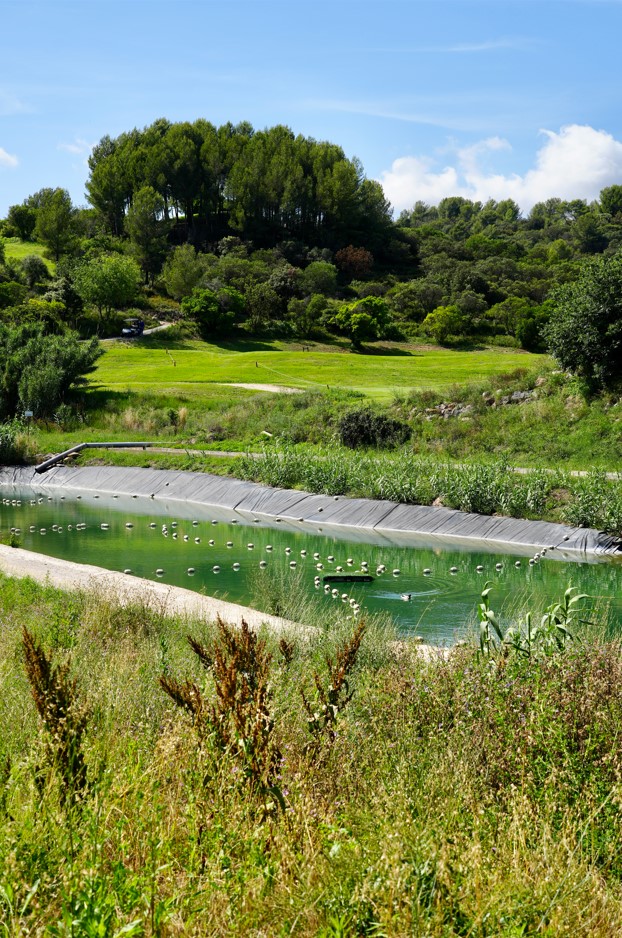Caring for the environment is a core concern for Golf Bastide de la Salette. Water scarcity and restrictions drive our Resonance Golf Collection clubs to constantly adapt and find solutions to help conserve this natural resource.
Water management
It is important to understand that we do not draw on this natural resource. Our water supply comes from the Canal de Marseille, and this makes a big difference. It’s a gravity canal that starts from the Durance and winds its way from Marseille through the region’s various engineering structures. It crosses the golf club, which means that the water has to pass through the golf course to end up in the sea.
We used to have an “agricultural” subscription. This meant that we could draw as much water as we wanted from 1 April to 30 September, with no restrictions on the number of cubic metres. And from 1 October to 31 March, we were allowed to draw 1,865 cubic metres per week. We were already aware of the need to use water sustainably to maintain the greens because it was not unusual to have very dry periods between October and November.


A few years ago, we changed to a “biodiversity” subscription. With this system, we have to use what we need all year round and are billed for actual use. So it’s in our interest to use water sustainably and fairly.
This is particularly the case for Golf Bastide de la Salette because the course has been designed with significant differences in altitude. This makes water management more complicated as we have to send water under pressure to the top part of the course. Even though we have new pumping stations that use fewer kilowatts of energy, electricity also comes at a cost. So we have twice as many reasons to use water in a consistent and sustainable way: the cost of the water AND the cost of the electricity.
The golf course’s watering system dates back to when it was created in 1989, but the basic system is still in very good condition because it was well built and continues to be well maintained. We don’t have any major leaks and use permanent pressure monitoring to keep a close eye on the system. If a leak occurs, the pressure in the system drops and a pump starts operating again, which we want to avoid as much as possible. Currently the system can run for almost two hours without needing to be restarted, which is excellent.
The basics are sound and the sprinklers have been spread consistently around the course.


Future improvements will include changing the sprinklers for a more efficient type, especially on the fairways. In terms of managing water resources and taking into account the technical data on these new sprinklers, we could expect to see a reduction in use of at least 30 to 40%, perhaps even 45%. The flow rate of the sprinklers replacing previous generations means they can spray up to 16-17 metres, with turbines that break up the water in a way that creates continuous rain.
Modern sprinklers allow the same amount of water to be sprayed across a surface up to 17 metres away. In addition, the water flow rate is almost five times lower than in the old sprinklers.
What we’re trying to do is replicate the way the golf course is naturally watered by the rain as closely as possible. That’s our goal for the playing areas. At the moment, natural watering by the rain and managed watering do not yield the same results, which means this method is not yet efficient or effective enough. It’s an exciting area that we are continuing to pursue.

